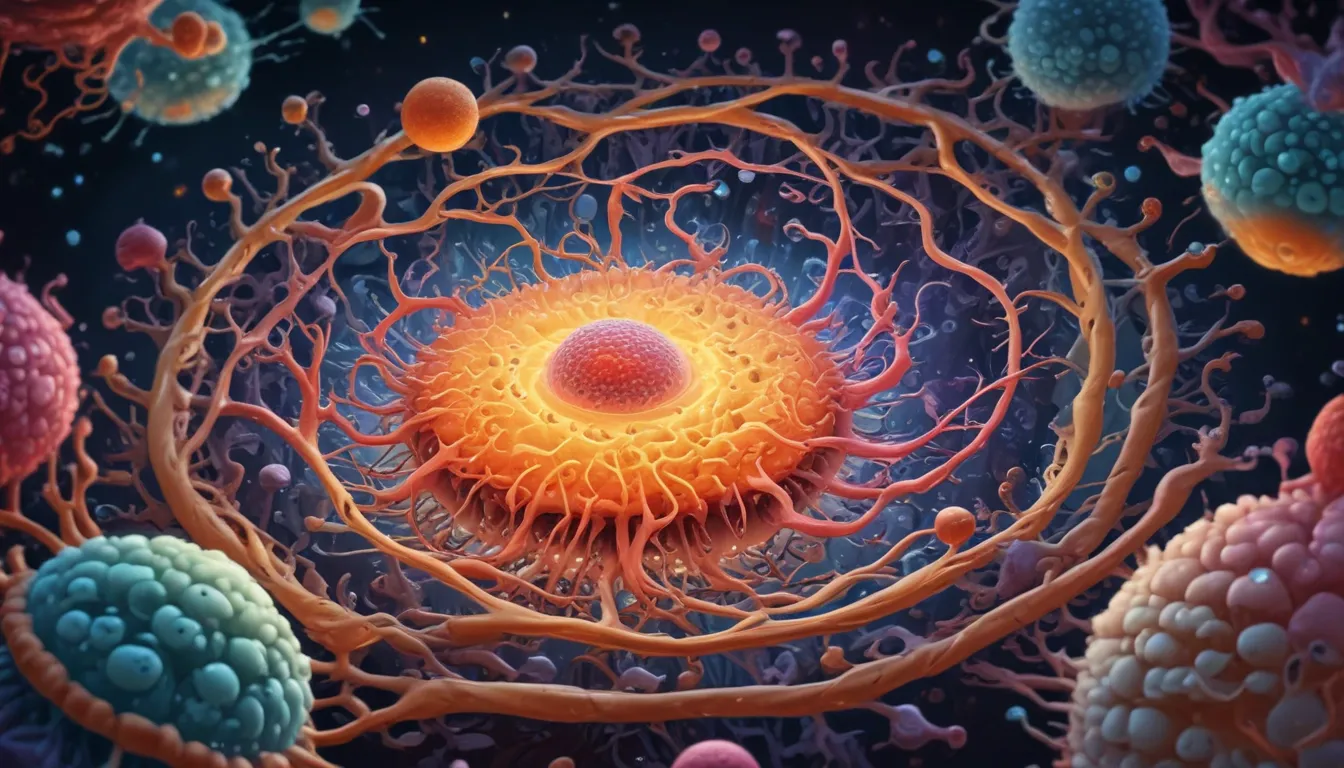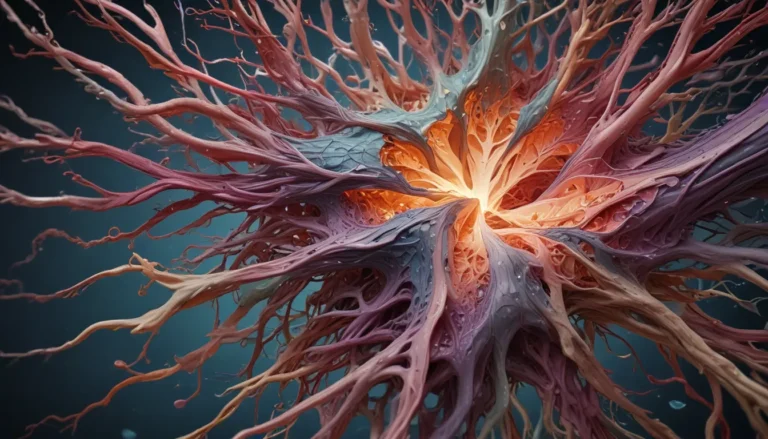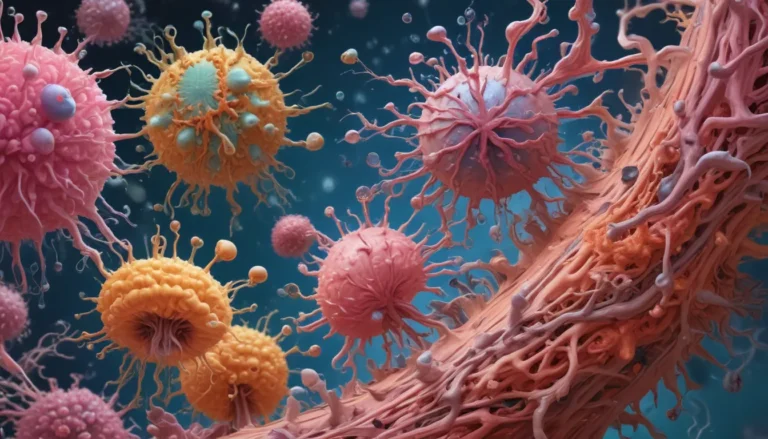A Note About Images: The images used in our articles are for illustration purposes only and may not exactly match the content. They are meant to engage readers, but the text should be relied upon for accurate information.
In the vast realm of biology, niche cells stand out as enigmatic entities that captivate the interest of scientists and enthusiasts alike. These specialized cells play a crucial role in various biological systems, creating unique environments for stem cells to flourish and supporting tissue repair. In this article, we will explore the fascinating world of niche cells and uncover ten intriguing facts about them. From their essential functions to their mysterious properties, we will delve into what makes niche cells so captivating. Join us on a journey through the intricate world of niche cells as we uncover the secrets of these fascinating entities.
Understanding Niche Cells: The VIP Hosts of the Body
Niche cells, also known as stem cell niches, are specialized microenvironments within tissues that provide a nurturing and supportive environment for stem cells to reside and function. These cells act as the VIP hosts of the body, creating special environments that help stem cells thrive and stay healthy. By regulating the balance between self-renewal and differentiation of stem cells, niche cells ensure the maintenance of a stable stem cell population within the tissue.
Exploring the Diversity of Niche Cells
Niche cells exhibit significant heterogeneity within the same tissue, allowing for the formation of multiple niches, each with distinct functions and characteristics. These cells communicate with stem cells through signaling pathways such as Notch, Wnt, and BMP signaling, playing a crucial role in maintaining stem cell activity and regulating their differentiation. Moreover, niche cells provide physical support to stem cells by secreting extracellular matrix components that form a scaffold, maintaining stem cell shape and function.
A Key Player in Tissue Regeneration
When tissues are damaged, niche cells respond by activating stem cells to regenerate and repair the affected area. This regenerative capacity is essential for tissue homeostasis and repair, highlighting the crucial role of niche cells in maintaining tissue health. Niche cells can be found in various organs and tissues, including bone marrow, skin, muscle, brain, and others, underscoring their importance in numerous physiological processes.
Influences on Niche Cell Behavior
External factors such as hormones, growth factors, and environmental cues can influence the behavior and function of niche cells. These factors impact the regulation of stem cells within the niche and contribute to the maintenance of stem cell populations. Despite their regenerative capacities, niche cells can undergo senescence, affecting their function and the maintenance of stem cell populations within the tissue.
Leveraging Niche Cells for Therapeutic Interventions
Given their critical role in maintaining stem cell populations and tissue regeneration, niche cells have emerged as potential targets for therapeutic interventions. The manipulation of niche cells holds promise for improved regenerative therapies and tissue engineering approaches, offering new avenues for advancements in regenerative medicine and disease treatment.
Conclusion: Unlocking the Potential of Niche Cells
In conclusion, niche cells are truly fascinating entities that play a pivotal role in various biological processes. Their ability to regulate stem cell populations, support tissue regeneration, and respond to external cues makes them key players in maintaining tissue health and homeostasis. By unraveling the mysteries of niche cells, we can unlock their potential for therapeutic interventions and advancements in regenerative medicine. The exploration of niche cells continues to inspire researchers and scientists, paving the way for exciting discoveries in the field of cell biology.
FAQs: Exploring Niche Cells
-
What are niche cells? Niche cells are specialized cells found within specific tissue environments that provide a supportive microenvironment for the maintenance and regulation of stem cells.
-
What is the function of niche cells? Niche cells regulate stem cell self-renewal, produce growth factors and signaling molecules, and maintain tissue homeostasis.
-
How do niche cells contribute to regeneration? Niche cells create a supportive environment for stem cells, promoting tissue regeneration and repair through signaling interactions.
-
Can niche cells be manipulated for medical purposes? Yes, the manipulation of niche cells shows promise in regenerative medicine and disease treatment, offering new opportunities for therapeutic interventions.
-
Are all niche cells the same? No, niche cells vary depending on the tissue they reside in, with each type exhibiting specific functions tailored to support and regulate stem cells.
Embark on a journey through the fascinating world of niche cells and uncover the secrets of these enigmatic entities that hold the key to unlocking the potential of regenerative medicine and tissue regeneration. Trust in our commitment to providing accurate and engaging content as we explore the intricate mechanisms that govern the behavior of niche cells together.






